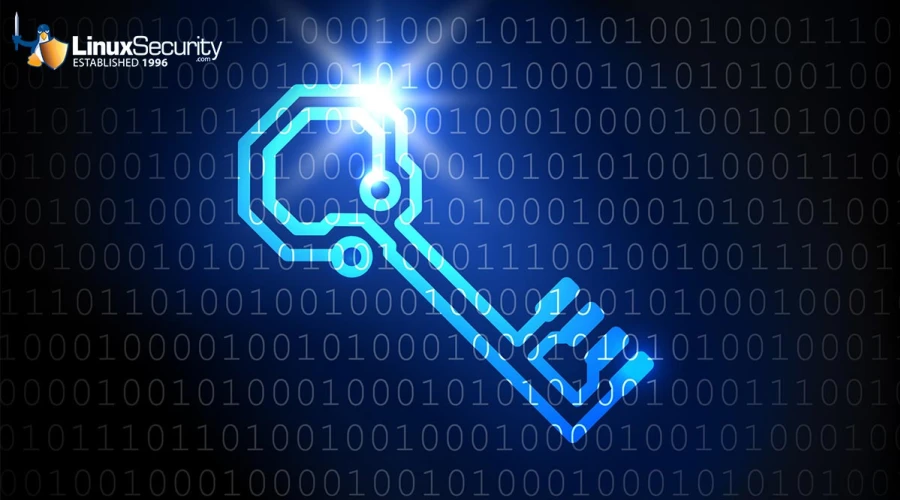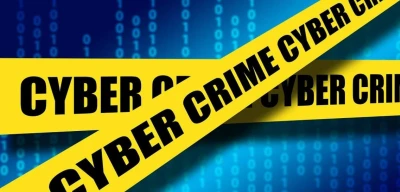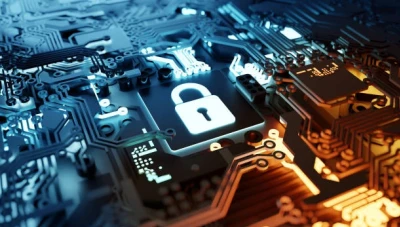
U.S. authorities are on high alert as they investigate an alleged Chinese state-sponsored hack targeting major U.S. telecommunications companies. This attack has reignited debate about encryption backdoors, an ongoing contention among security practitioners.
To help you understand this incident and the security implications of encryption backdoors, I'll discuss these recent attacks, lawmakers' reactions, the role of encryption backdoors in this threat, and why many security professionals—including us at LinuxSecurity.com—oppose their usage.
Understanding This Hack
 Federal authorities have quickly investigated a cyberattack known as Salt Typhoon, linked to China-backed hackers. According to an anonymous U.S. official, these attackers targeted multiple U.S. telecommunications firms, including Verizon, AT&T, and Lumen Technologies. They compromised systems explicitly used by government intelligence collection capabilities such as wiretaps.
Federal authorities have quickly investigated a cyberattack known as Salt Typhoon, linked to China-backed hackers. According to an anonymous U.S. official, these attackers targeted multiple U.S. telecommunications firms, including Verizon, AT&T, and Lumen Technologies. They compromised systems explicitly used by government intelligence collection capabilities such as wiretaps.
The implications of this breach extend far beyond corporate walls, posing potential threats to national security. Chinese hackers compromised telecom systems and breached U.S. intelligence systems used for lawful surveillance, such as wiretapping. Investigators are meticulously studying the depth to which hackers have penetrated these networks and whether these criminals have extracted sensitive data.
Lawmakers' Reaction to This Incident
This incident has sparked significant concern among U.S. lawmakers, with Senator Ron Wyden of Oregon leading the charge by calling upon both the Justice Department and Federal Communications Commission (FCC) to implement stringent security standards for telecom companies' wiretapping systems. He specifically mentioned an outdated regulatory framework as he expressed disappointment over how the DOJ dealt with cyberattacks, which he considered negligent.
Wyden suggested setting baseline cybersecurity standards that can be enforced through fines while conducting annual third-party cybersecurity audits by an independent firm. He also advocated for full transparency regarding data breaches among Congress, investigators, and the public, holding negligent corporations responsible - an approach that signals a shift toward corporate accountability rather than prosecuting foreign hackers who rarely find justice in U.S. court systems.
What Are Encryption Backdoors?
Encryption backdoors are built into encrypted systems to give authorized authorities access to encrypted data for regulatory or national security reasons. Still, if discovered, they can potentially be exploited by malicious actors.
Encryption is at the core of modern cybersecurity, protecting sensitive information from unintended access and modification. Robust encryption protocols also facilitate secure communications, safeguard individual privacy, and enhance national security.
Examining the Pros & Cons of Encryption Backdoors
 Encryption backdoors offer both advantages and drawbacks. On one side, they can improve national security by aiding law enforcement with lawful surveillance operations and efficient investigations by providing necessary access to encrypted data.
Encryption backdoors offer both advantages and drawbacks. On one side, they can improve national security by aiding law enforcement with lawful surveillance operations and efficient investigations by providing necessary access to encrypted data.
On the other hand, however, they could threaten national security. Encryption backdoors may help ensure compliance in critical infrastructure sectors like telecom and finance; however, their advantages come with potential drawbacks that should not be ignored. Backdoors introduce inherent vulnerabilities into systems, rendering them insecure without discriminating between good and bad actors. Unauthorized individuals could exploit them to access sensitive data. Recent hacks by China have illustrated how malicious actors can exploit backdoors to access data via backdoors, thus endangering national security and corporate confidentiality. Encryption backdoors can potentially erode public trust in cybersecurity and privacy efforts, discouraging users from adopting encryption technologies. Finally, exploited backdoors may lead to security breaches with substantial financial losses, legal liabilities, and damage to corporate reputations.
What Is the Security Community's Stance on Encryption Backdoors?
Security experts have long opposed encryption backdoors as contrary to encryption's very purpose. China-backed hacks prove that backdoors can be dangerous. By exploiting backdoor access mechanisms, hackers can gain entry to systems considered secure by encryption.
Leading cybersecurity experts advocate for solid encryption without any backdoors. Vital, unbreakable encryption is critical for protecting against sophisticated cyber threats, ensuring personal privacy, and maintaining national security systems' integrity. Responsible encryption involves designing systems to minimize risks without including backdoors.
Our Final Thoughts: The Potential Risks of Encryption Backdoors Outweigh Their Advantages
 Recent attacks targeting U.S. telecom companies highlight the vulnerabilities posed by encryption backdoors. Although intended for national security and regulatory compliance purposes, backdoors present vulnerabilities that malicious actors can exploit—even state-sponsored hackers—looking for vulnerabilities they can use to breach national security and regulatory compliance.
Recent attacks targeting U.S. telecom companies highlight the vulnerabilities posed by encryption backdoors. Although intended for national security and regulatory compliance purposes, backdoors present vulnerabilities that malicious actors can exploit—even state-sponsored hackers—looking for vulnerabilities they can use to breach national security and regulatory compliance.
As digital ecosystems mature and cyber threats grow increasingly sophisticated, robust encryption without backdoors remains essential to safeguard sensitive information, maintain personal privacy, and fortify national security systems from unintended access. Instead of compromising encryption standards, policymakers should improve cybersecurity protocols, revise regulatory frameworks, and hold corporations accountable for their security practices.
Encryption backdoors may seem beneficial regarding law enforcement and regulatory compliance, yet their inherent risks far outweigh their perceived advantages. This is demonstrated by China-backed hacks, such as those perpetrated against our digital infrastructures by hackers armed with access devices from China. Robust encryption without backdoors must be implemented for optimal digital security.













